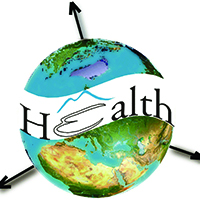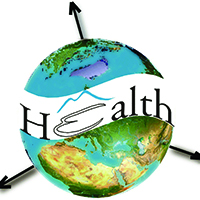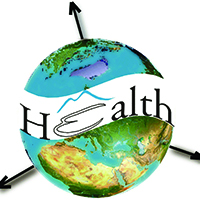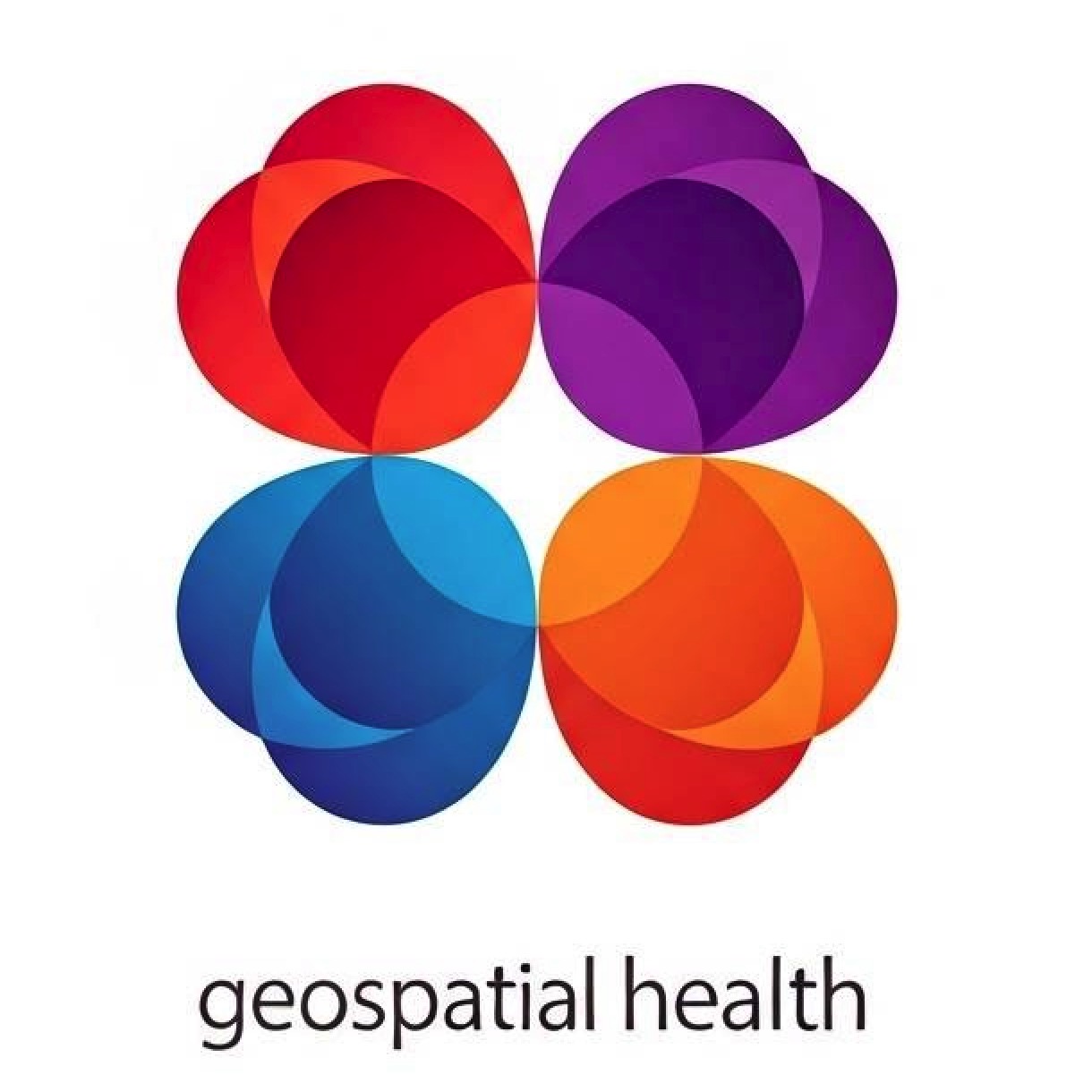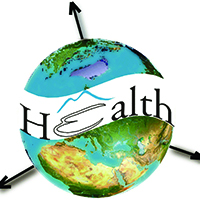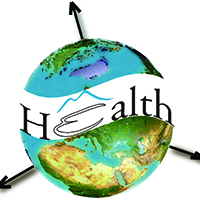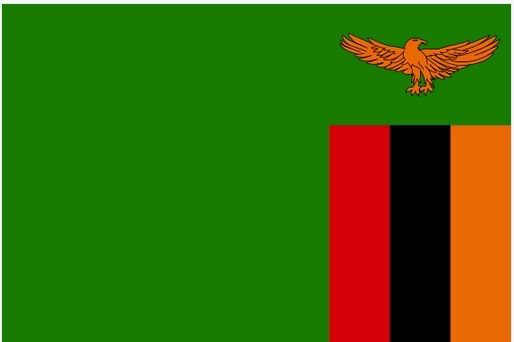FOR AUTHORS
Search
Search Results
##search.searchResults.foundPlural##
-
To what extent does climate explain variations in reported malaria cases in early 20th century Uganda?
3888PDF: 1157Appendix: 493HTML: 1211 -
Local landscape effects on population dynamics of Ixodes ricinus
3159PDF: 1248HTML: 833 -
Random forest variable selection in spatial malaria transmission modelling in Mpumalanga Province, South Africa
3880PDF: 1609APPENDIX 1: 429APPENDIX 2: 425HTML: 1639 -
Impact of climate change on dengue fever: a bibliometric analysis
2291PDF: 685Supplementary Materials: 320HTML: 93 -
Assessing the effects of air temperature and rainfall on malaria incidence: an epidemiological study across Rwanda and Uganda
5999PDF: 2155Appendix: 564HTML: 3249Appendix: 214
1 - 34 of 34 items


